How to Spot Hail Damage
Once a hail storm passes, it's important as a homeowner to inspect your property and gauge damage levels to decide if further expertise from a storm damage restoration expert or trusted contractor is needed. Here are some factors around hail that vary how much damage is created.
Home Materials: Dings and dents on metal roofing vs. cracks and splits on wood & vinyl. The age and condition of the material are factors as well.
Size and Shape: Hail roughly the size of a quarter or larger has the potential to crate damage to buildings, but it can often be larger.
Surroundings: A building's physical position in terms of landscape, trees, fences, other homes, and more, can change how much a hail storm will affect a home.
Wind: Speeds of wind changes the velocity and impact of falling hail.
Once you understand the circumstances that might create more prevalent hail damage, the next step is to know where to look, and what to look for after a storm hits.
- Asphalt Shingles: Dents that can expose roof felt and become soft to the touch like bruised fruit. Marks appear darker in color than the regular shingle. Hail removes granules of the rough outer layer.

- Wood Materials: Splits and cracks with shark edges, indents alongside the splits and cracks, and splotches of discoloration on stained wood.

- Metal Roof: Both dents visible to the eye, and those noticeable only by running a hand over the roof. Typically more obvious then other types of damage.

- Vinyl Siding: Cracks of half-moon shapes in the siding. Oftentimes, vinyl siding can chip and break off if damage is bad enough.
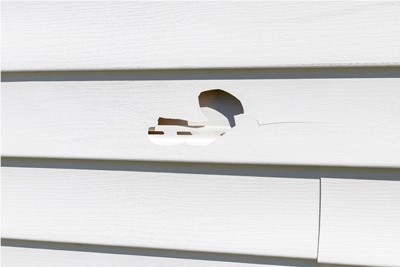
- Gutters and Downspouts: Similar to metal shingles as the lightweight aluminum, dents are made easily, and deeper with size. The gutter extensions that stretch away from the home are normally most affected.

- Surroundings: Take a walk around and look for shingles, fascia, or other roofing materials that have been removed by the storm. Check that gutters have not detached from the home or fallen down.
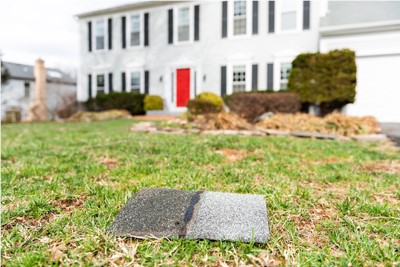
Whether or not you find these signs of damage, you should call a trusted and local contractor or storm damage expert to investigate. Filing an insurance claim is a timely act, as putting things off can result in more built up damage, yet less insurance coverage.
Capital has 30+ years of storm damage and restoration experience. We know hail damage when we see it. We're aware the insurance process can be overwhelming, but having a dependable contractor on your team makes the process easy and hassle free.
We are there for you every step of the way!
Tags
Subscribe to Capital Construction LLC's Blog






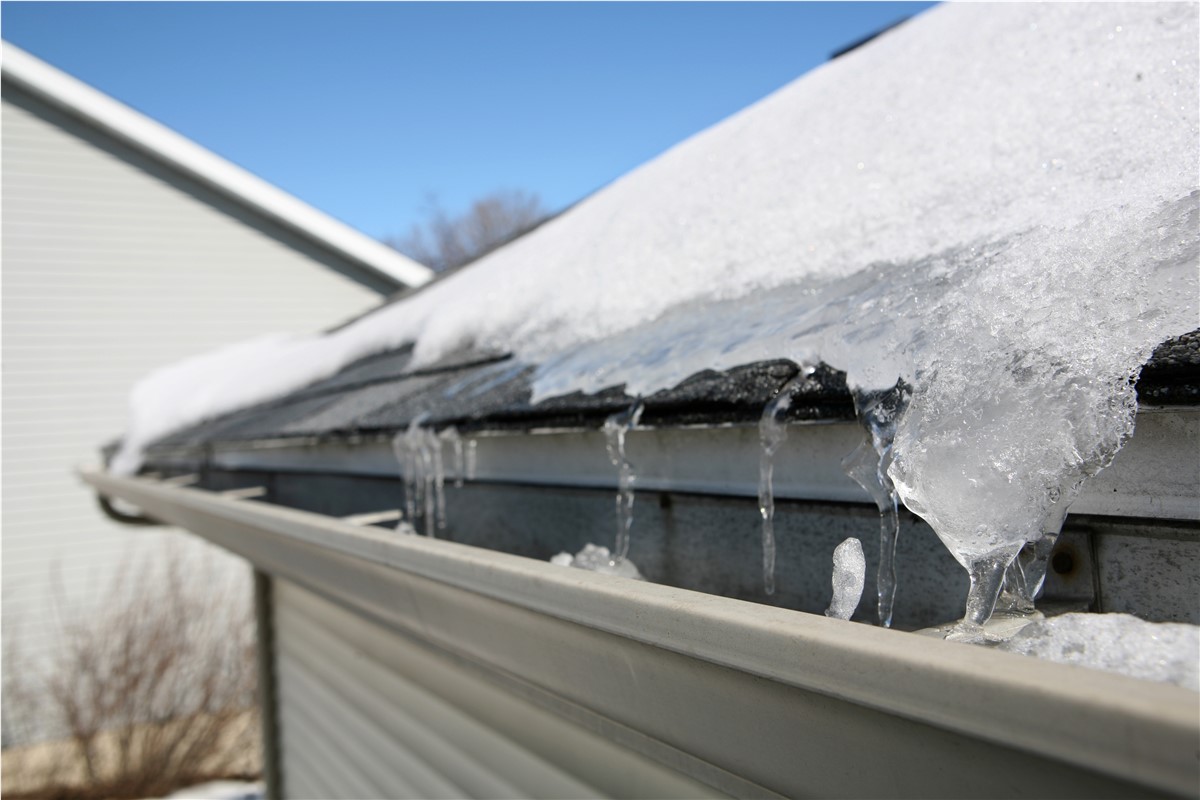
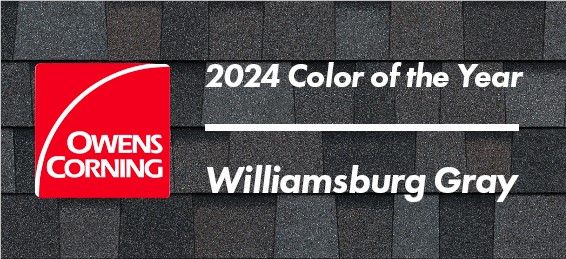
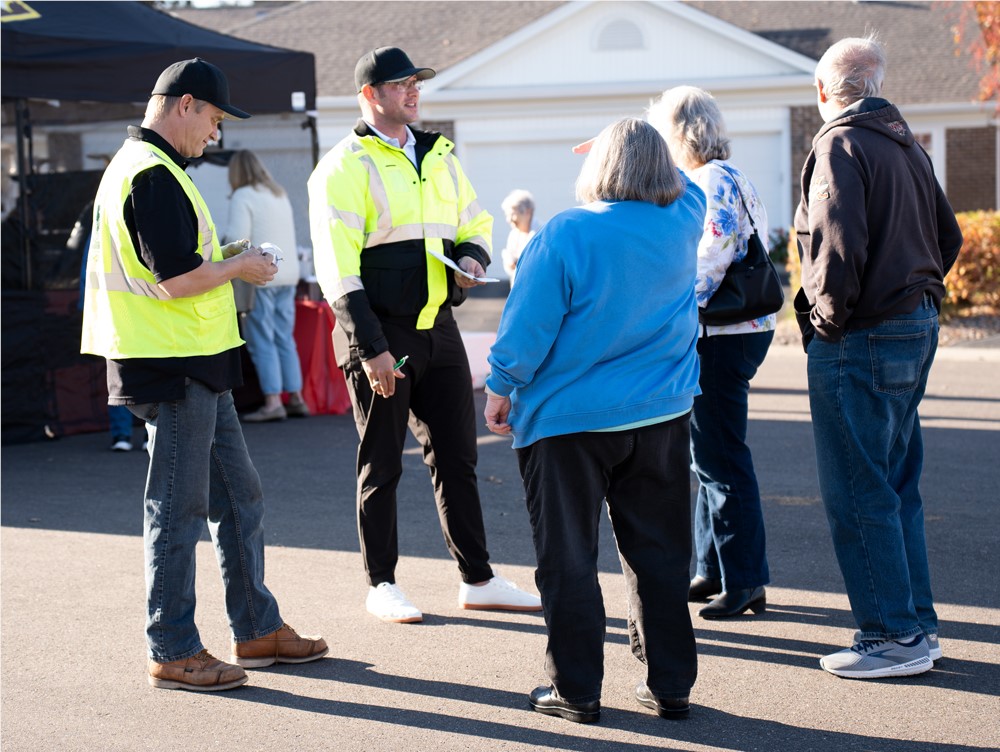
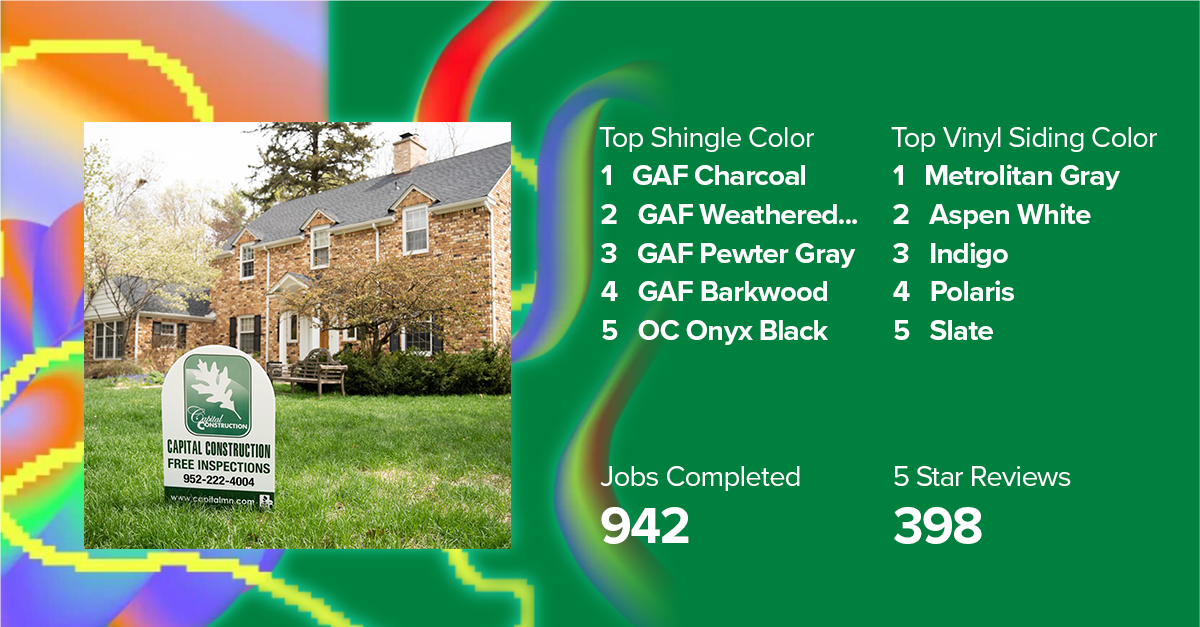
Comments